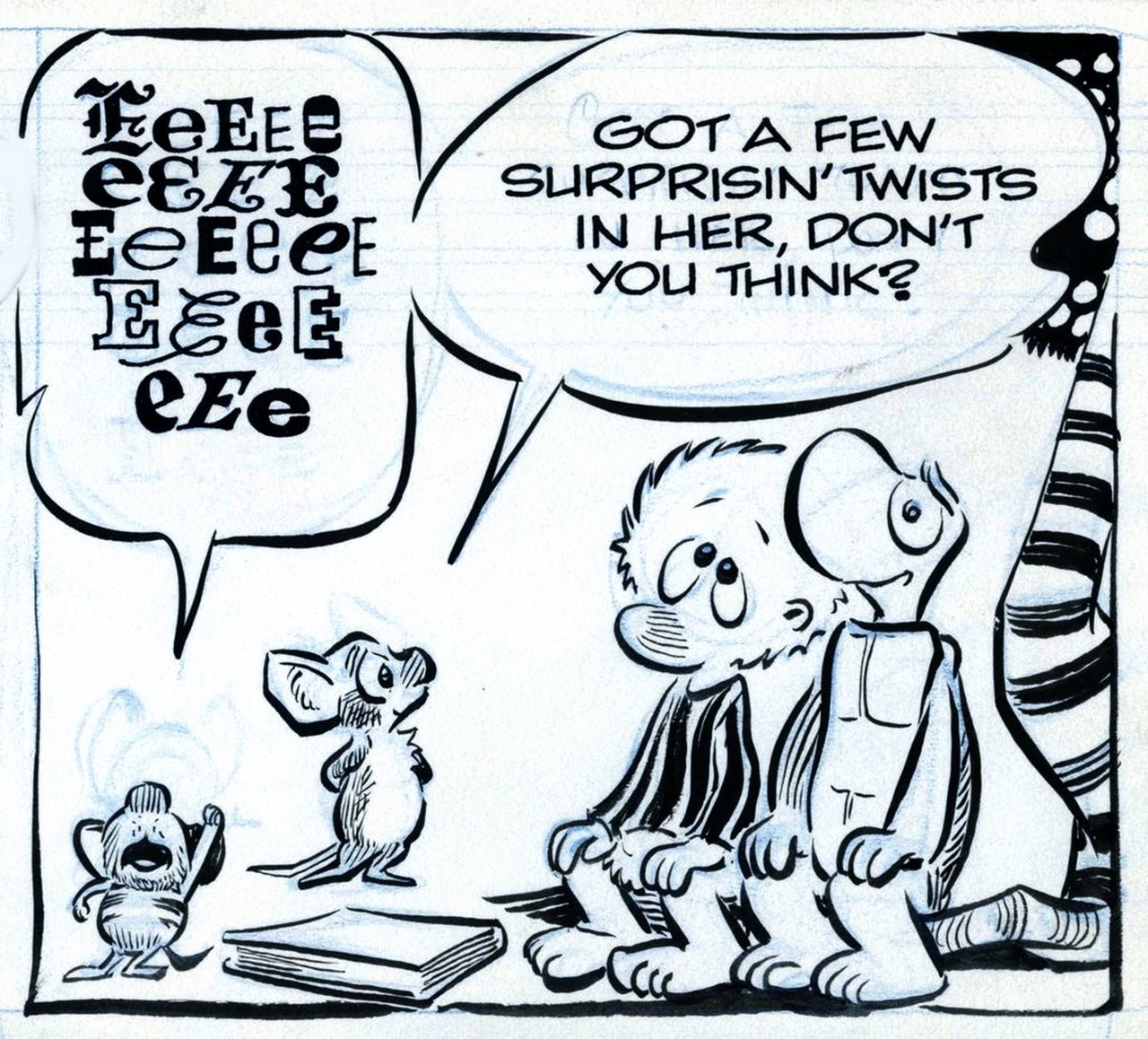At no point has it even occurred to me, until right now, that I’m in fact typing e-words or e-sentences. I’ve not thought about adding an e-carriage return to separate this e-paragraph from the next e-paragraph. From Brett McLaughlin’s post on O’Reilly Radar asking why publishers and vendors are still using the term e-books when it’s simply literary content that’s appearing on a different platform. You could also argue that the term book itself is beginning to get slippery. In any case, “ebooks” has been sounding dated for a while now, so I’ll give him that.
Tag: books
-
Ebooks
-
Softening the edges
The first such Disney film I ever saw was Snow White, which added considerably to my experience of wonderful fear and terror, even though its heroine was a doll. This, I have been told, was because it was made by German refugees who had a sense of the darkness of the old stories. The film Bambi diminished the sense of real forests and creatures I had found in the book. The unbearable thing was the filming of the Jungle Books. Disney cartoons use the proportions of human baby faces – those wide eyes, those chubby cheeks we respond to automatically. The black hunting panther, the terrible strong snake, the wolf pack and its howl, the cringing tiger became dolls and toys like Pooh, Piglet and Eeyore, and some crucial imaginative space was irretrievably lost.
From AS Byatt’s essay in the Guardian about Alice’s Adventures in Wonderland / Through the Looking-glass, which offers some great insight into the difference between Lewis Carroll’s imagined spaces and narrative and those of other popular (later, 20th Century) fantasy stories for children.
-
But Gladwell Frequently Holds Forth About
But Gladwell frequently holds forth about statistics and psychology, and his lack of technical grounding in these subjects can be jarring. He provides misleading definitions of “homology,” “saggital plane” and “power law” and quotes an expert speaking about an “igon value” (that’s eigenvalue, a basic concept in linear algebra). In the spirit of Gladwell, who likes to give portentous names to his aperçus, I will call this the Igon Value Problem: when a writer’s education on a topic consists in interviewing an expert, he is apt to offer generalizations that are banal, obtuse or flat wrong. From Steve Pinker’s NY Times book review of Malcolm Gladwell’s “What the Dog Saw”. Further discussion of the Igon Value Effect over at Language Log.
-
The Pundit’s Dilemma
There’s been a bit of a blogstorm over the impending release of the sequel to Freakonomics, the obviously-titled SuperFreakonomics. The authors are being taken to task for allegedly questionable science and statistics work, accused of oversimplifying or distorting their results for the sake of contrariness. There’s good discussion and links on Language Log’s post on the controversy:
Overall, the promotion of interesting stories in preference to accurate ones is always in the immediate economic self-interest of the promoter. It’s interesting stories, not accurate ones, that pump up ratings for Beck and Limbaugh. But it’s also interesting stories that bring readers to The Huffington Post and to Maureen Dowd’s column, and it’s interesting stories that sell copies of Freakonomics and Super Freakonomics. In this respect, Levitt and Dubner are exactly like Beck and Limbaugh.
We might call this the Pundit’s Dilemma — a game, like the Prisoner’s Dilemma, in which the player’s best move always seems to be to take the low road, and in which the aggregate welfare of the community always seems fated to fall. And this isn’t just a game for pundits. Scientists face similar choices every day, in deciding whether to over-sell their results, or for that matter to manufacture results for optimal appeal.
In the end, scientists usually over-interpret only a little, and rarely cheat, because the penalties for being caught are extreme. As a result, in an iterated version of the game, it’s generally better to play it fairly straight. Pundits (and regular journalists) also play an iterated version of this game — but empirical observation suggests that the penalties for many forms of bad behavior are too small and uncertain to have much effect. Certainly, the reputational effects of mere sensationalism and exaggeration seem to be negligible.
-
Hi-Res Scans of Walt Kelly’s “Pogo in Pandemonium” Comics

Some kind guy named Thom Buchanan has created a blog where he’s posting high-res scans of the daily and Sunday strips of Walt Kelly’s Pogo from the 1966 “Pogo in Pandemonia” storyline (one of the lesser-known and stranger bits from the comic, it’s set in a Lost World type locale instead of the usual Okefenokee swamp). Excellent. Now where’s that Fantagraphics set?
